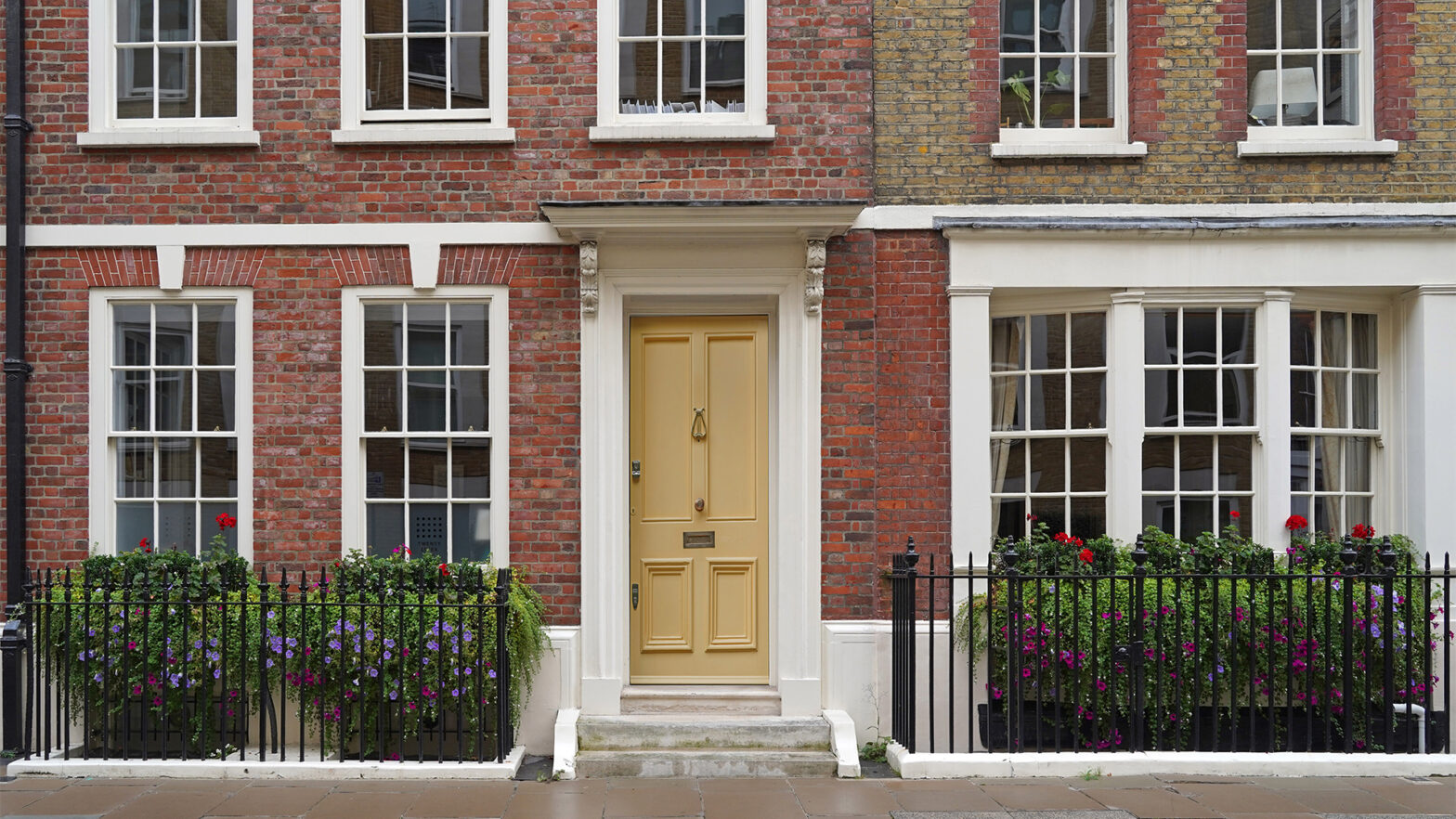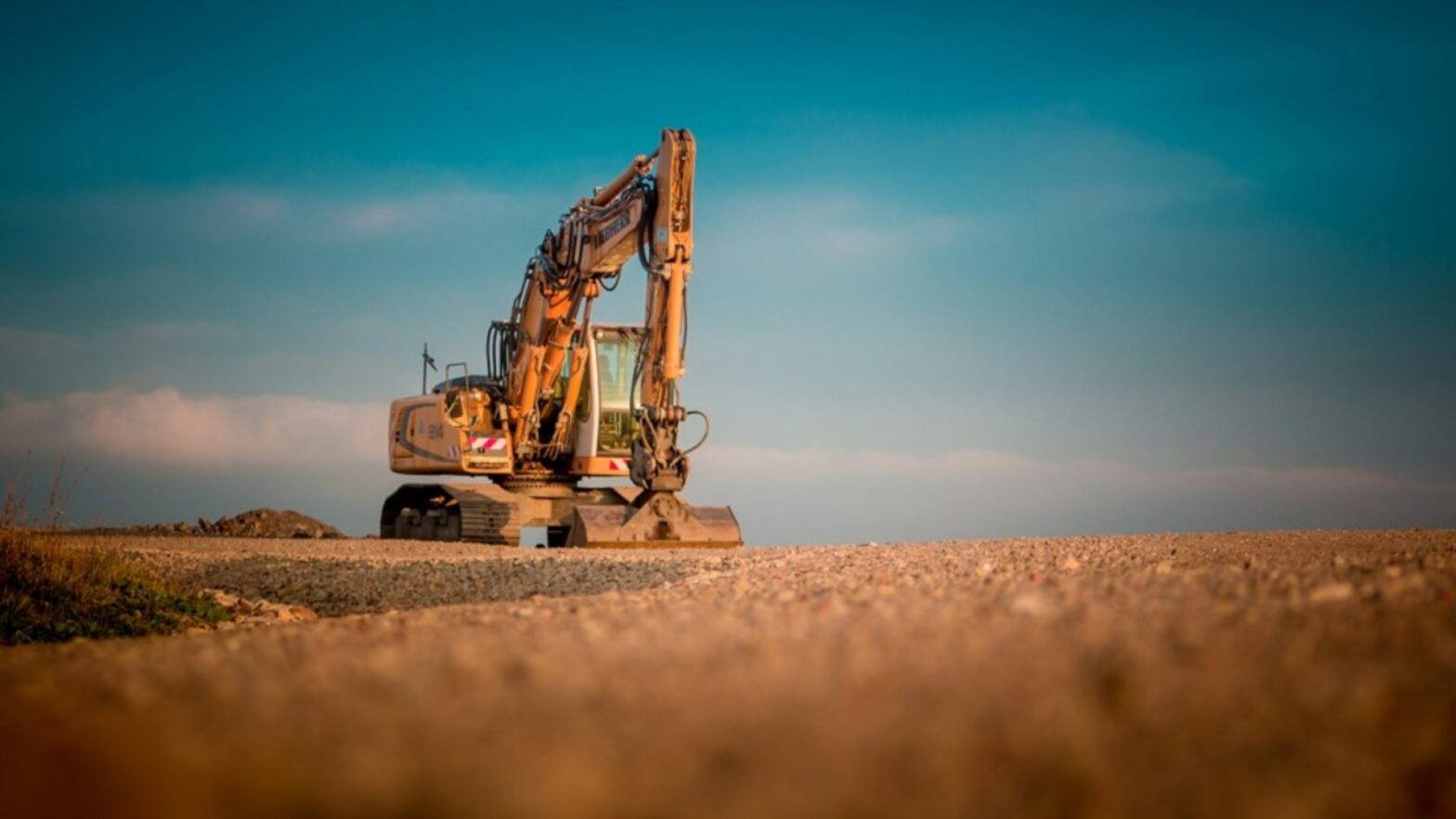Most people looking to renovate or complete a build themselves want to get started as soon as they secure a plot or property. The necessary planning applications required before they can begin, however, usually take at least two months to be looked at and for the applicant to get an answer. Because of this lengthy process, nobody wants their application to be rejected, as this would require that they repeat this process. So, what causes delays and rejections in the planning process and what can you do to ensure your planning permission is approved at the first time of asking?
Common Areas of Delay
The most common areas of delay can be grouped into the presentation and content of the application, political issues and conflicts with set rules, regulations and guidelines. All the required plans, forms and accompanying documents must be presented correctly before the council can look at them.
Remember that the minimum two months it takes for an applicant to receive a decision does not include the time after an application is submitted and before a council starts considering it, which is after they have received all the requisite forms, documents, plans and accompanying information.
Once the process starts, any conflicts can result in a rejection or a request to make the necessary amendments and resubmit the application. Projects with contentions can also be rejected at the committee even after they are approved by the council. This is mainly due to neighbourhood politics, which we will touch more on below.
Because local council policies and opinions are the main areas where an application can be rejected, we will look at how to navigate this area to ensure a successful application.
Design
The first consideration the council will make is the design. The layout, plan, materials, architecture and other details of the project are expected to blend in with the surroundings. This blending of design is considered more closely in areas where there are listed buildings or the area benefits from having a distinct character and appearance. If the design does not blend, you might be asked to resubmit the application. If this happens, your neighbours may also be asked to provide an opinion, which could cause further delays.
Impact on Neighbours
Planning applications are also scrutinised to find out how they would impact your neighbours during and after construction. Common areas considered include building materials, privacy, blockage of natural light, increased pressure on existing infrastructure as well the impact of the completed project on adjacent properties. All these factors can affect your neighbours’ amenity and should be thoroughly explored and considered before you file an application.
Ecology, Archaeology and Heritage
If your land is on an archaeologically significant area, the new development will impact heritage assets (buildings or conservation areas) or if the new development will cause an impact on species and habitats that are protected under the law, special surveys have to be carried out. These surveys detail whether you have put in adequate measures to protect these habitats or species. The reports can also be used to show that any issues that come up during the development will be mitigated and how this will be done.
Discovering that this information is missing from your application can lead to a lot of time wasted and this is why you need to have them done before you submit the planning permission. Remember that some surveys involving protected species, such as bat surveys, have to be done at certain times of the year and if you miss this window, you have to wait for the next available opportunity.
To avoid this, you can get in touch with survey companies like Arbtech to schedule a bat survey when bats are more likely to be spotted on your property. Arbtech also carries out other types of surveys including tree, newt, biodiversity net gain and reptile surveys to help you get planning permission for your project. They serve customers and businesses all over the UK and have over 25 years of experience in bat surveying.
Parking and Access
There should be adequate means to access the plot. This translates to a drive that meets the minimum width requirements and has good visibility from both sides of traffic. The plot or property should also have enough turning space and parking space for anyone occupying the property.
Ensuring visibility and adequate access can be challenging. Before you remove a hedge or uproot a tree to improve both, consult the local highway authority to find out how best to tackle both of these issues.
Hedges and Trees
If your project could affect or be affected by existing trees and hedges (see above), you should submit a tree survey as part of your application. The best way to ensure your application does not get rejected is to hire a reputable arboriculturist who knows how best to approach the survey to ensure your application is accepted.
While most local council officers will be inclined to preserve trees, a professional might provide an alternate explanation why tree loss might be acceptable in certain cases. This will help remove a lot of restrictions to your plan, especially on plots that have lots of trees and elaborate build plans.
Flood Risk and Drainage
Another cause of delays is not providing adequate information on drainage in flood-prone areas. To ensure this is not a cause of delay, check online if your area is prone to floods and submit a flood risk assessment as part of your application. Additional information on drainage and how to deal with floods should also accompany the application.
Neighbourhood Politics
In cases where the council sends a representative to talk to the neighbours, you might not know who could provide information that leads to a delay in your application. It is therefore important to let your neighbours know of your plans, keep them informed, and convince them to support your efforts.
Getting planning permission can be frustrating, especially when your application gets rejected and you have no idea why. You can reduce these incidences by ensuring your application is as thorough as possible and gaining the support of anyone who could be a hurdle in getting planning permission.
































